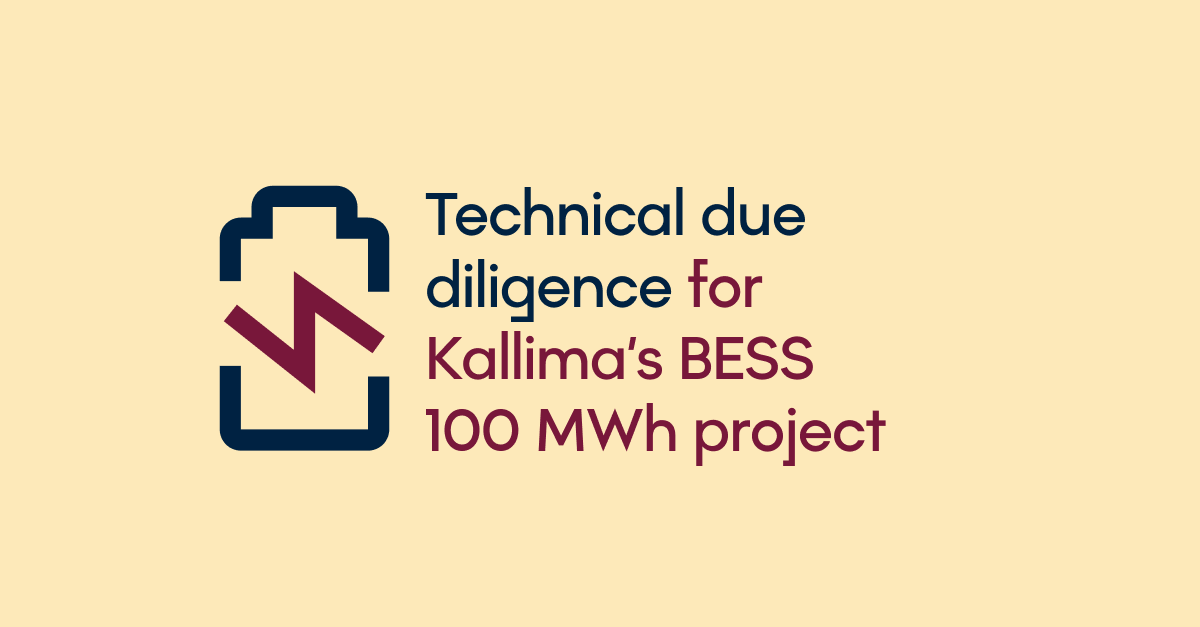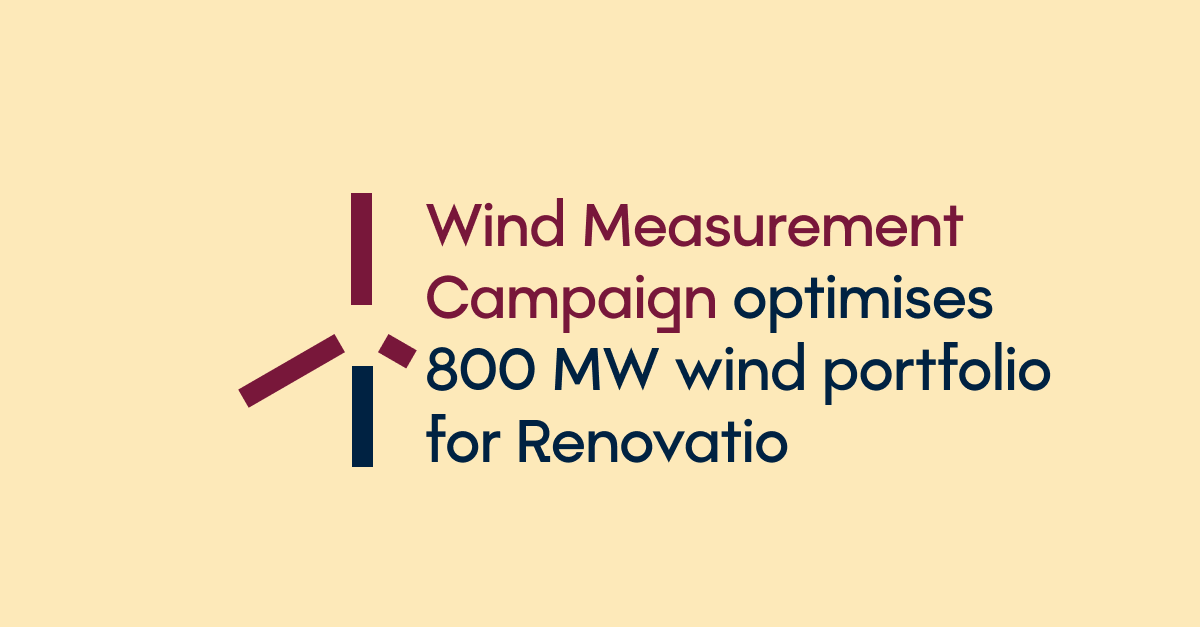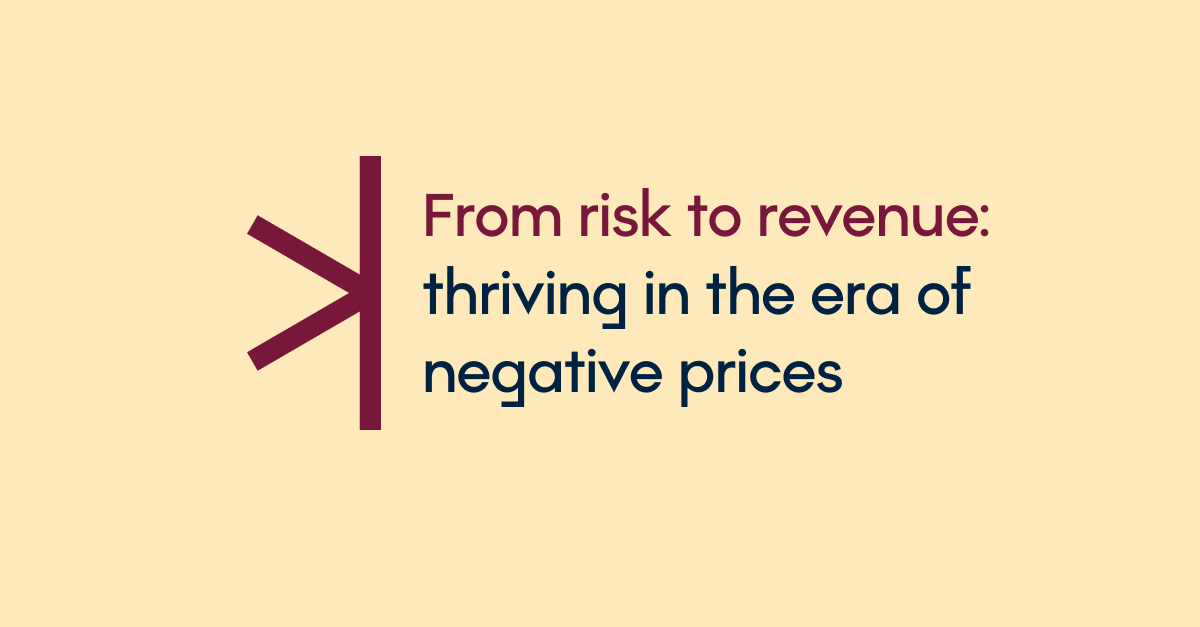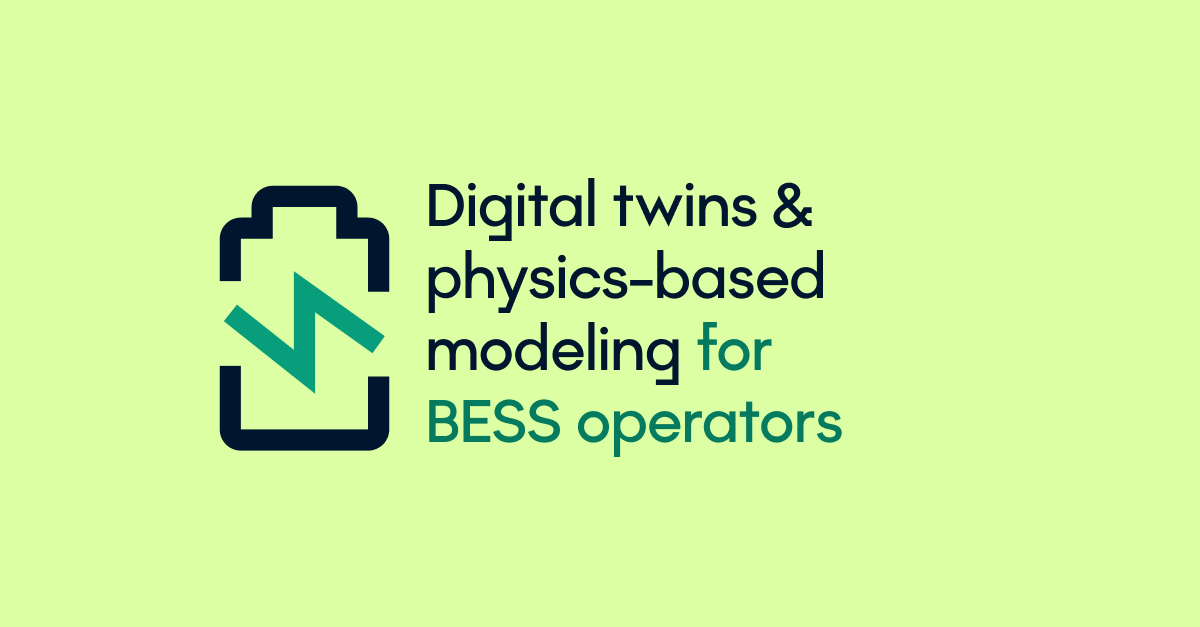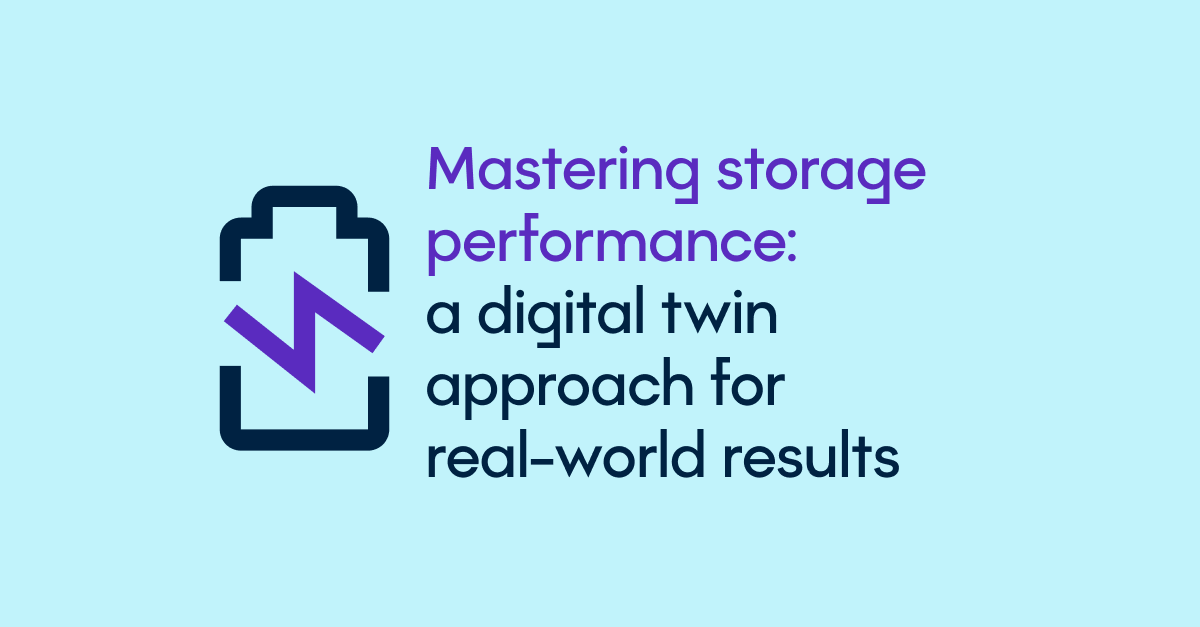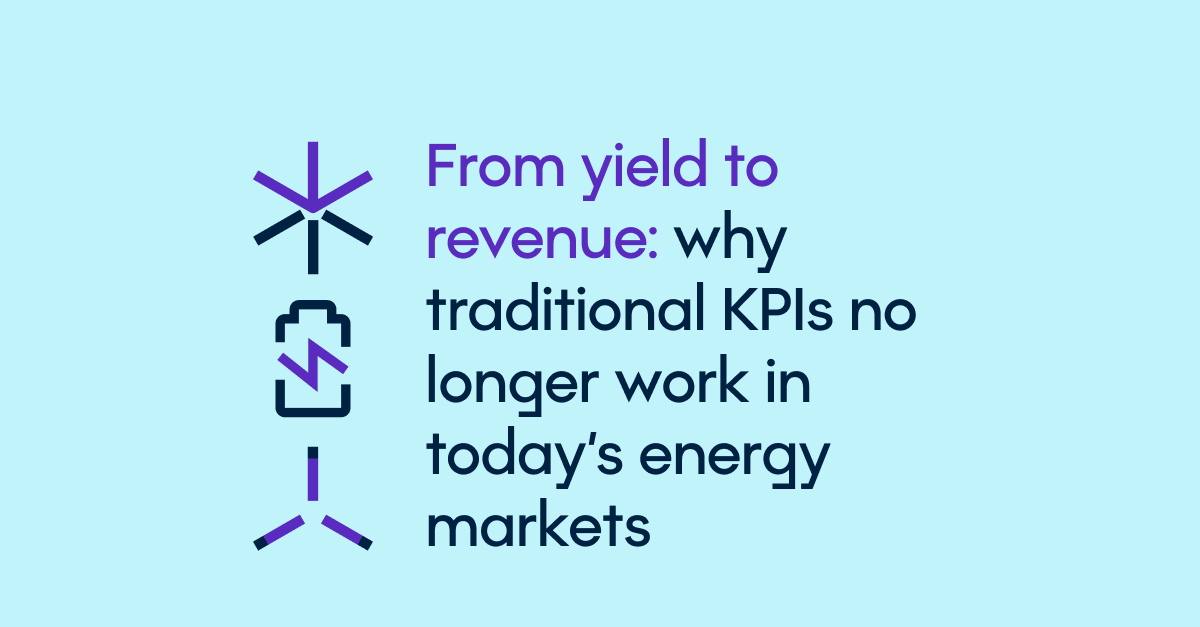Today, battery storage capacity stands at roughly 100 gigawatts. By 2030, that number is expected to rise to over 500 gigawatts.
Despite this expected increase, developing astorage asset is not easy. It requires meeting several conditions, such as securing a suitable location with necessary environmental permits and proximity to renewable energy sources.
Supply chain constraints complicate things even further. According to Wannes Vanheusden, Energy Strategy and Policy consultant here at 3E, “everything from battery cells to transformers is extremely hard to get”.
Even after you overcome these obstacles, success is not guaranteed. “One of the main risks for developers is revenue security” says Wannes. This risk is exacerbated by a lack of governmental support, specifically the absence of subsidies for mitigating the upfront costs associated with storage systems.
Ultimately, amongst all this complexity, finding a revenue model that appeals to investors is crucial. Investors need to be sure that a project can manage fluctuating power prices between charging anddischarging periods.
1. Storage PPAs
To reduce revenue risks, energy asset owners and operators can use power purchase agreement contracts (or PPAs).
These contracts establish a stable price framework for the sale of energy between a generator, like a wind farm, and an off-taker, such as a grid operator or data centre owner. Usually for a periodof 5-20 years. With a PPA, both parties have stability. Generators have predictable revenues, and end-users are shielded from sudden energy price fluctuations.
But despite their benefits and growing popularity, PPA adoption in Europe has been hindered by the slow implementation of renewables. Due to a lack of renewable power capacity, suppliers are currently unable to offer electro-intensive power users the kind of baseload PPAs they want.
To meet these baseload PPA requirements without relying on fossil fuels, storage solutions are emerging as key enablers. And while most active storage PPAs are co-located with a generation asset, standalone storage PPAs are possible. (In California, Leeward Renewable Energy recently signed a 15-year PPA agreement with grid operator Southern California Edison, for a 126 megawatt / 502 megawatt-hour stand-alone battery storage project).
2. 24/7 clean energy
For now though, even as PPAs which feature storage assets become more common place, most companies that use them still rely on fossil fuels to fill generation gaps. According to a report published by theLong Duration Energy Storage Council, in 2022, PPAs only achieved a decarbonisation rate of 40-70% for an average off-taker's actual electricity consumption.
This failure to meet the majority of consumption with real-time clean energy is largely down to contract design. With the classical pay-as-produced model proving insufficient, 24/7 clean PPAs — which employ stored renewable energy to meet demand on an hourly basis — can help to solve this issue.
However, obstacles like high costs and lack ofclarity in defining such contracts are so far impeding their adoption. Encouragingly, organisations like the Energy Storage Coalition are pushing for 24/7 clean PPAs to be defined clearly in legislation, and for hourly time-stamped Guarantees of Origin for power.
3. Merchant models
Legislation will be needed to make storage assets more financially viable, but other trends are contributing too.
Some storage developers are shifting towards a merchant model — selling stored power in markets such as ancillary services — to increase their revenue.
Wannes here at 3E thinks this shift is becoming more popular with investors. “If 70% of a project’s revenue streams are market-based and 30% are more secure (i.e. contracted into PPAs), that is considered by many to be enough to get financing,” he says.
He does warn though that this willingness to depart from guaranteed revenue streams does not necessarily mean that the storage market is maturing. “Projects remain bespoke without standardised procedures and contracts,” he stresses.
Recent events may also have contributed to thi sheightened tolerance for risk, with extreme market volatility in 2022 showing that markets would pay a high premium for the primary reserve power that storage provides.
4. Implementing advanced analytics in the operational phase
Understanding the performance of an asset over its life span is another key aspect of ensuring investment. And when it comes to batteries, operational certainty is far from a given.
One major reason for this is the reality that the Battery Management Systems (BMS) provided by manufacturers are very limited. With a main focus on reacting to acute issues, these systems are not designed to learn from other batteries in the system, and so are very short-sighted. They also have limited computational power, which negatively affects their ability for algorithm adaptation as the battery ages. A lack of historical data, inability to foresee unexpected incidents, and the propensity for BMS tomal function themselves, further adds to their ineffectiveness andunreliability.
The key performance indicators (KPIs) providedby a manufacturer can also differ greatly from actual battery performance. WernerCoppye, co-founder and CTO at 3E, describes storage assets like batteries and transformers as closed technology, that removes operators from much of what happens under the hood. And according to Werner, “Battery monitoring may report high availability (a popular KPI that measures whether a battery is working or not) but mask poor performance”.
This perception gap is so common that he even jokes, “Show me the operator whose business plan matches actual performance and I will be very surprised.”
To help solve this issue, and overcome the significant limitations of BMS, advanced analytics can play a pivotal role. 3E has recently developed a digital twin model that battery storage operators can use to compare expected performance to reality. The model also makes planning preventative maintenance more efficient, helping to keep batteries performingas expected.
For existing renewable developers onboarding massive storage assets, uptake of this model has already been strong. Werner says this is largely because they “understand the need for an analytical view”.
5. Storage-friendly policies
Another key financial stakeholder in the landscape of stored electricity is grid operators.
Unfortunately, the European Association for the Storage of Energy (EASE) claim that grid fees charged to storage operators are “often inconsistent with the EU-level rules set by the Electricity Market Regulation”.
“Double charging” is one of the main problems here. Energy storage is recognized by law in many European countries as both an energy consumer and producer. So storage asset operators incur grid fees for both storing and returning electricity to the grid.
To strengthen the financial viability of storage and incentivise cleaner technologies, calls are being made to reduce the carbon cap for EU capacity mechanisms. By excluding the most polluting assets, it is hoped that storage technologies will become the obvious solution for backing up grids.
With the EU aiming for 200 gigawatts of energy storage by 2030, simpler contracts and policy frameworks will be crucial for unlocking storage profitability amidst increasingly complex energy systems.





